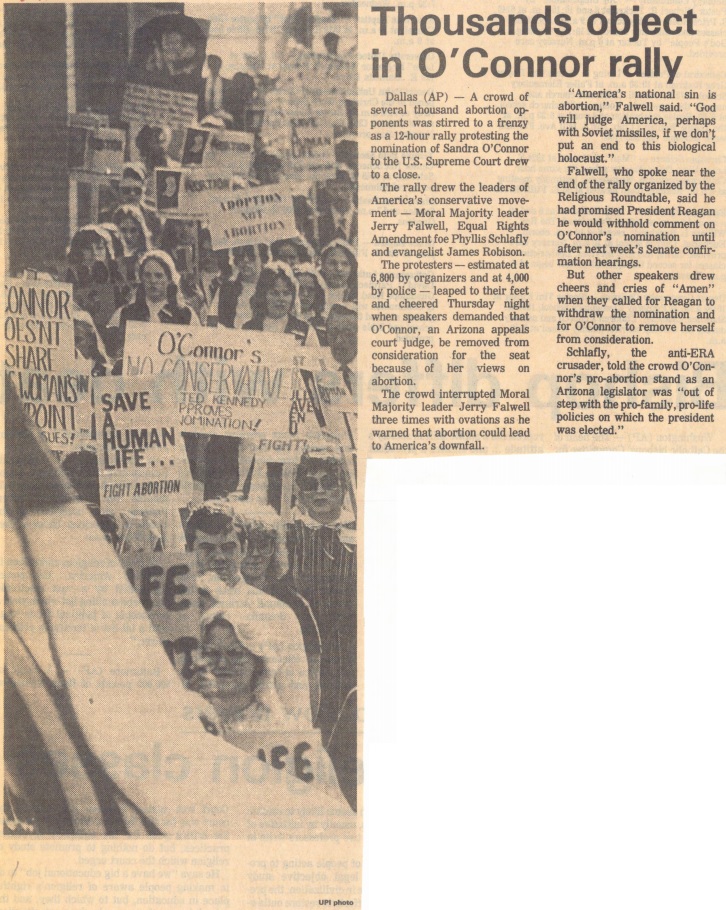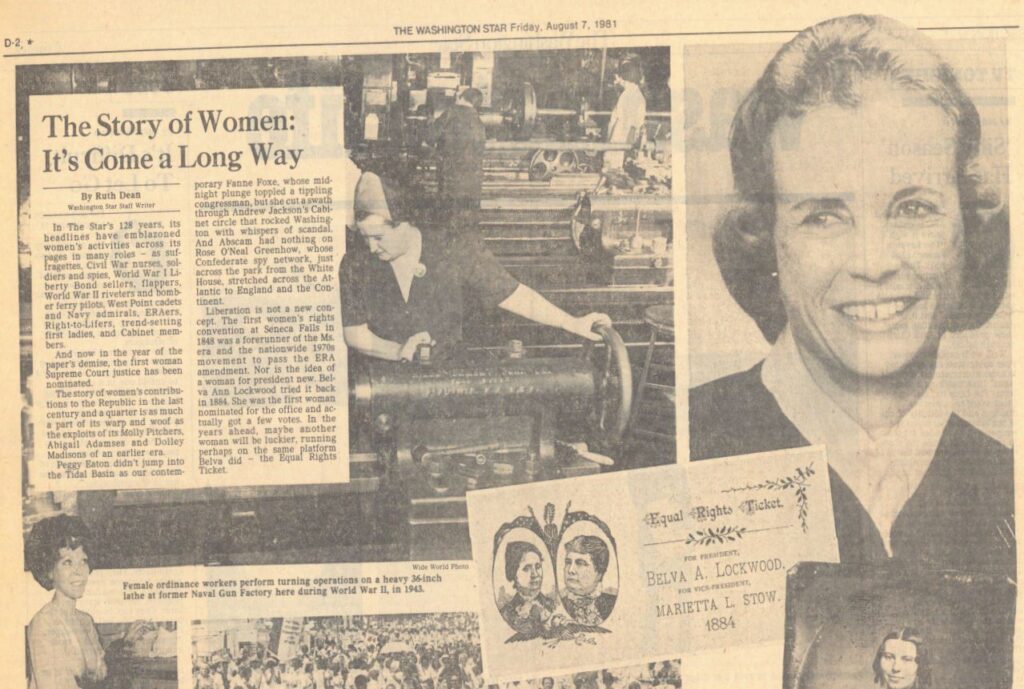Unanimously: Arizona woman gains Supreme Court bench
WASHING TON (AP) – The Senate, ending an all-male tradition nearly two centuries old, unanimously confirmed Sandra Day O’Connor as an associate justice of the Supreme Court yesterday. O’Connor, a 51-year-old judge of the Arizona Court of Appeals, will be sworn in Friday in time to join the court for the opening of its 1981-82 term on Oct. 5. The vote was 99-0, with only Sen. Max Baucus, D-Mont., who was attending an economic conference in his home state, missing from the tally. He had supported O’Connor in earlier committee action. After the vote, O’Connor appeared on the steps of the Capitol with Senate leaders and Vice President George Bush. Grinning jubilantly, she said said she was overjoyed by the depth of Senate support for her nomination. “My hope is that after I’ve been across the street and worked for a while that they’ll all feel glad for the wonderful vote they gave me today,” she said. Once installed on the the court, she said, “I’m going to get very busy, very fast.” “Today is truly a historic occasion,” said Sen. Strom Thurmond, R-S.C., chairman of the Senate Judiciary Committee, leading off a series of 22 speeches in warm praise of President Reagan’s first high-court nominee. Hailing a “happy and historic day,” Reagan said in a statement that the confirmation of his nominee “symbolizes the richness of opportunity that still abides in America – opportunity that permits persons of any sex, age or race, from every section and walk of life, to aspire and achieve in



